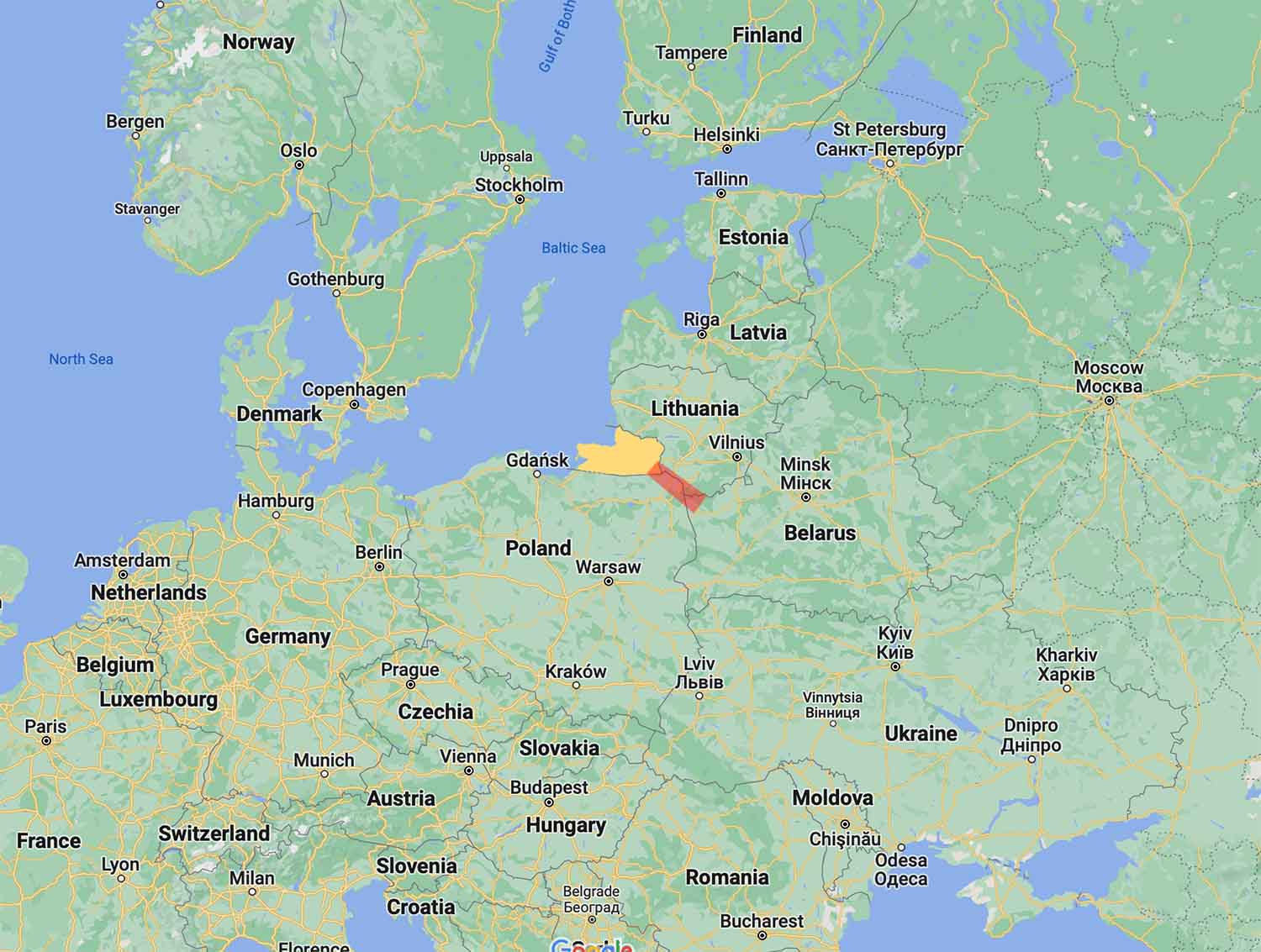I wrote this article in 2011 under the title ‘Polar Bears Poisoned And New Rare Earth Deposits Found’ – but the article was lost when I rebuilt this site. So I am re-publishing it here.
The fifteen lanthanide elements from lanthanum to lutetium – together with scandium and yttrium – are generally known as the rare earth elements.
They are essential in the production of TVs, phones, computers, and batteries.
Until now there has been a shortage of rare earths, exacerbated by China saying last December [ that would be December 2010 ] that it wanted to keep what is has – and it has almost all of the ore deposits.
That all changed last week when Japanese scientists announced that they had found huge deposits in international waters off Hawaii – deposits that are easy to get at and low in the associated radioactive materials usually found with them.
So that is good news for everyone who wants a phone, or a TV, or a computer.
And it is bad news for polar bears – and then for us.
The UK TV channel Channel 4 showed a program about polar bears in Svalbard in the north of Norway.
The programme was one in the series Inside Nature’s Giants that followed a team of veterinarians who carry out autopsies on elephants, giraffes, and other big animals.
The aim is to educate veterinary students (and the TV audience) about the special characteristics that enables each species to live as it does.
The autopsy on the polar bear was different in that it was ‘in the field’ in Svalbard and the polar bears were ones that the local Inuit hunters had hunted for food.
The programme was also different in that there were interviews with other teams of scientists who are in Svalbard investigating how polar bears are suffering from biological changes brought on by what they eat.
Specifically, they are losing sexuality, developing tumours, becoming weaker, and losing offspring.
What emerged was that because polar bears are at the top of the food chain, they are being poisoned by eating concentrated amounts of flame retardants.
Flame retardants are used in the plastics in TVs, phones, computers, etc. They are organohalogen and organophosphate compounds and they are released into the atmosphere when the products are recycled.
The products are recycled in countries like India – broken down by burning to get at the expensive rare earth metals within – and the flame retardant chemicals escape into the atmosphere and are carried thousands of miles around the world and up the food chain to polar bears (and I guess to the Inuit who eat the bears).
So just at the time that the scientific community is able to demonstrate the danger from these chemical flame retardants, a new source of rare earths is found – with the result that more and more TVs and phones can be made.
